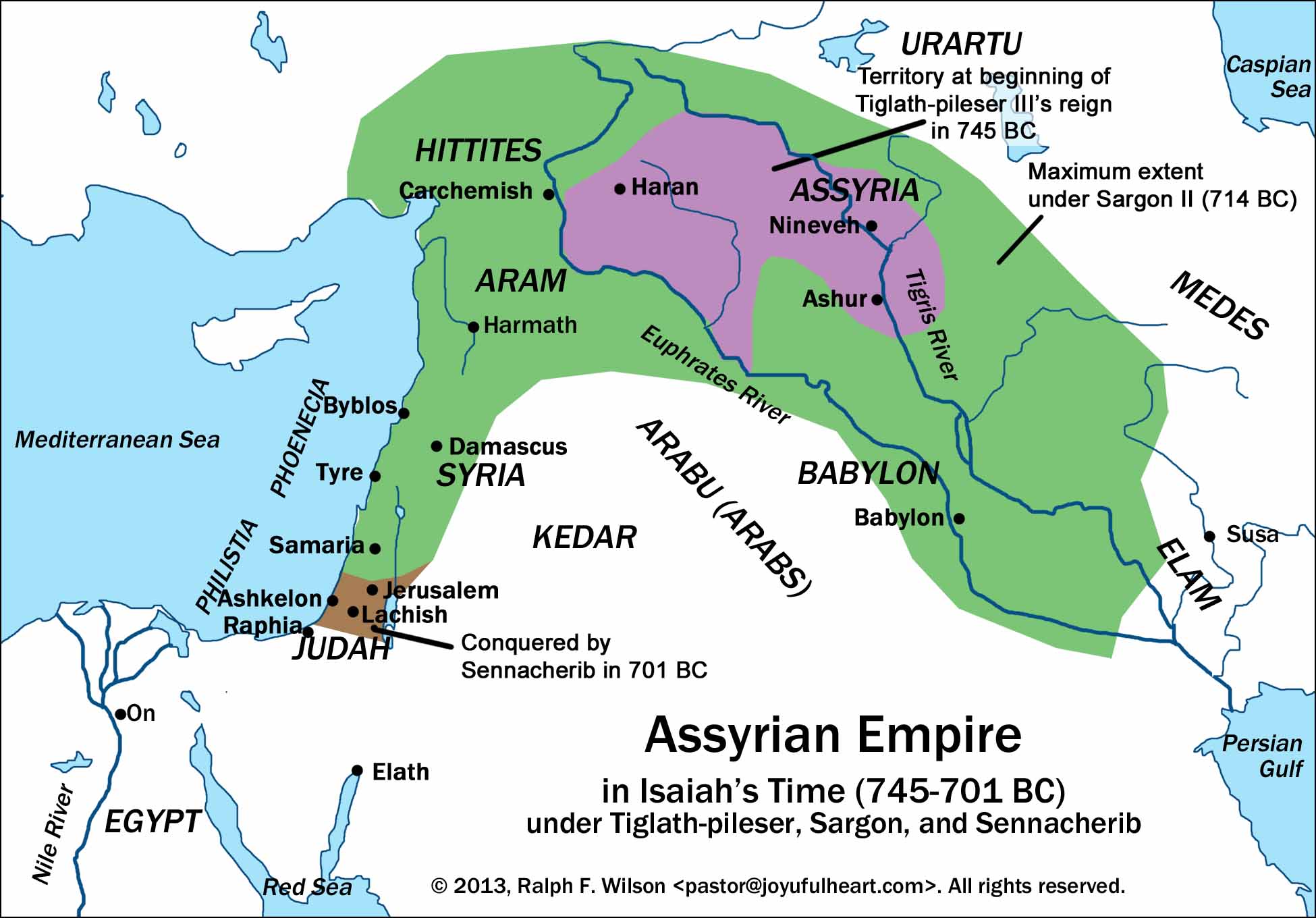Mesopotamia
Conditions d’achèvement
 In this book, you will find summarized information about Mesopotamia and the civilizations that lived there.
In this book, you will find summarized information about Mesopotamia and the civilizations that lived there.
6. The Assyrian Empire
Assyria is named for its original capital, the ancient city of Ašur—also known as Ashur—in northern Mesopotamia. Ashur was originally one of a number of Akkadian-speaking city-states ruled by Sargon and his descendants during the Akkadian Empire. Within several hundred years of the collapse of the Akkadian Empire, Assyria had become a major empire.

For much of the 1400 years from the late twenty-first century BCE until the late seventh century BCE, the Akkadian-speaking Assyrians were the dominant power in Mesopotamia, especially in the north. The empire reached its peak near the end of this period in the seventh century. At that time, the Assyrian Empire stretched from Egypt and Cyprus in the west to the borders of Persia—modern-day Iran—in the east. The major exceptions to Assyrian dominance were the Babylonian Empire established by Hammurabi and some more chaotic dark ages where there wasn’t a dominant power.
Historians have divided the rise and fall of the Assyrian Empire into three periods: The Old Kingdom, The Middle Empire, and The Late Empire (also known as the Neo-Assyrian Empire), although it should be noted that Assyrian history continued on past that point; there are still Assyrians living in the regions of Iran and Iraq, and elsewhere, in the present day.
